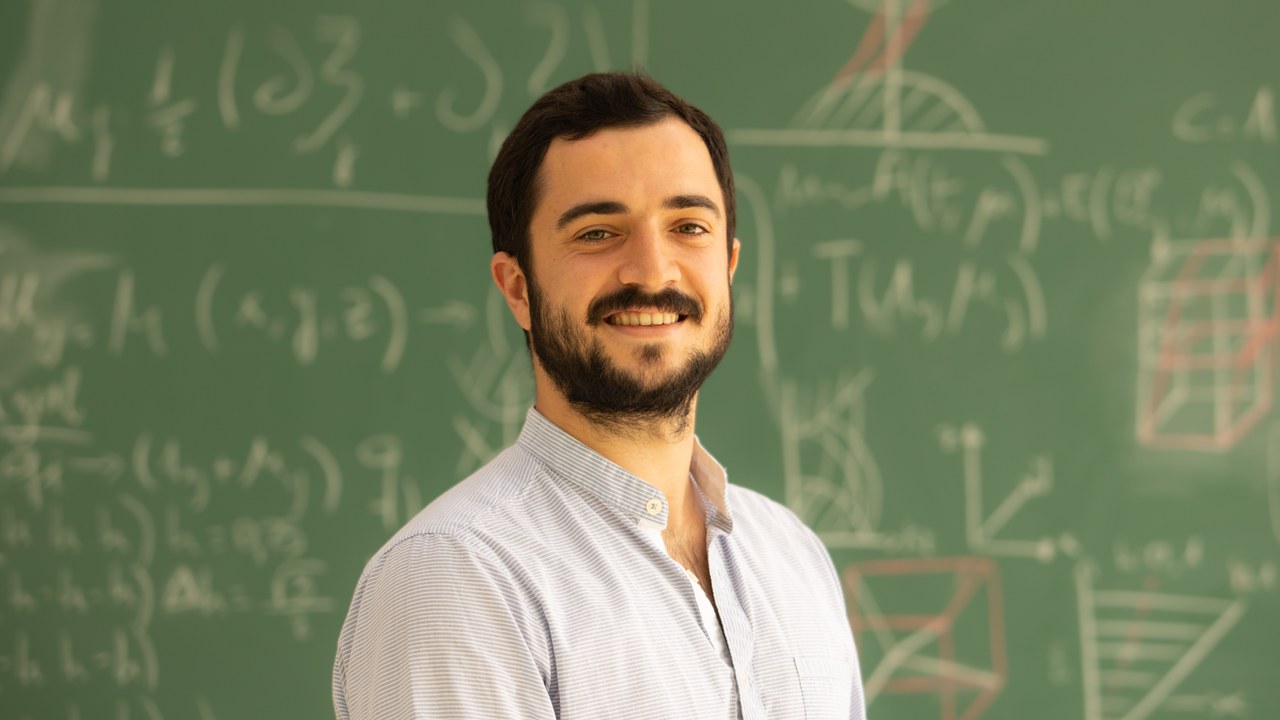State-interaction approaches to the molecular g-matrix: implementation, analysis and applications
PhD Program
- Speaker
-
Antonio Cebreiro
- When
-
2025/10/03
10:30 - Place
- Facultad de Psicología UPV/EHU, Aula Magna (Donostia / San Sebastián)
- Add to calendar
-
iCal

PhD Thesis defense by Antonio Cebreiro
Supervisor: David Casanova Casas (DIPC, Ikerbasque Research Professor)
Theoretical Chemistry and Computational Modelling / Molecular Magnetism
Systems containing unpaired electrons, known as paramagnetic species, include a broad range of molecules and materials that play a key role in applications such as spintronics and quantum information processing. Their study and characterization require magnetic spectroscopic techniques, most notably Electron Paramagnetic Resonance (EPR) spectroscopy, and suitable theoretical tools for proper analysis. The key quantity measured by EPR is the g-matrix, the coupling parameter representing the Zeeman effect, i.e., the interaction between the electronic spin magnetic moment of a paramagnetic species and an external magnetic field.The g-matrix theoretical description requires the use of advanced electronic structure methods able to accurately describe highly correlated systems, along with relativistic treatments able to explain their magnetic behavior.
In this thesis, molecular g-matrices are computed by the implementation of a state-interaction scheme, in which the relativistic states are obtained through the diagonalization of a spin-orbit coupling (SOC) dressed effective Hamiltonian. A detailed understanding of the g-matrix can be achieved with this method by analyzing the contributions of individual excited states, their excitation energies, and the strengths and respective orders of SOC. This methodology has been implemented for both wavefunction-based and density functional theory (DFT) electronic structure methods, and systematically applied to a broad range of systems, including inorganic molecules with light or heavy atoms, transition metal complexes, and organic compounds such as polyaromatic hydrocarbons.
Follow the doctoral thesis defense via streaming.
